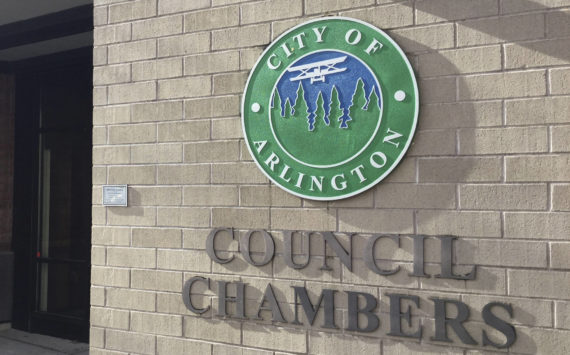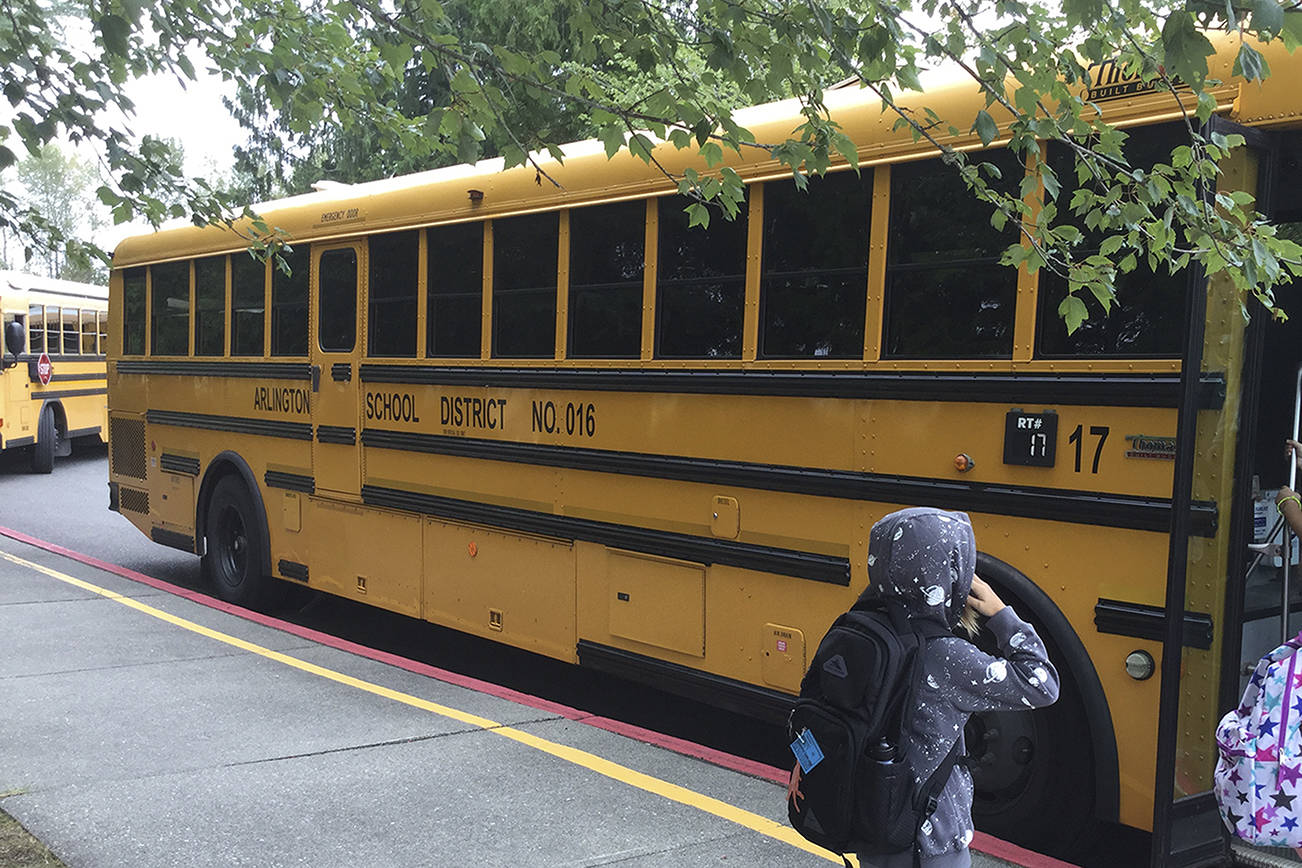By Douglas Buell
dbuell@arlingtontimes.com
ARLINGTON – The path to create a regional fire authority consolidating Arlington, Marysville and Fire District 12 won’t be easy, but it isn’t impossible.
That’s the conclusion in a June report prepared by consultant Karen Reed, who is facilitating talks between the three parties, based on survey results and interviews among elected officials and key staff.
“Where there are tensions between the three agencies, and frustration about the lack of progress made in discussions over the last six to seven months,” said Reed, “the surveys do not suggest a strong desire for any one party to leave the table or to end the discussions.”
Although the parties have their own agendas, there are a few points on which they agree:
* Strong support for the level of fire and EMS services in their respective jurisdictions.
* The need for a sustainable model for affordable fire and EMS service delivery.
* Securing opportunities for efficiency in Fire and EMS service delivery over time through regionalization.
The parties met on June 29 in Marysville to discuss the RFA and whether it holds the key to providing the best fire protection and emergency medical services based on available resources for a region where demand is growing.The cities and fire district left the meeting with homework questions to complete for their next planning meeting on July 27 in Arlington, before the city councils recess in August.
Namely, whether the parties are all in for future RFA talks, values and principles that drive each jurisdiction, and whether the current deliberation process offers the best chance for success.
Arlington officials took time at their July 10 work session to compile values and principles that they can bring to the table.
Level of service to provide the best quality for residents, sustainability, funding and governance were the emerging themes.
“Are we interested in carrying forward the discussion with the other two jurisdictions, to get down to the nitty gritty of it?” Mayor Barb Tolbert asked.
The consensus was yes.
Funding issues pose an ongoing challenge moving forward for Arlington fire.Relieving pressure on the city’s general fund was a significantly more important issue for Arlington than for Marysville.
“Whether we form an RFA or not, we need to talk about what we’re going to do,” City Administrator Paul Ellis said. “It’s not just a fire department issue, it’s a public safety issue.”
If Arlington wants to maintain or increase service in the long run, it needs to explore where extra funding would come from.
In a comparison of expenditures and levy rates for each of the three parties, Marysville and the fire district carried no debt service, while Arlington reported $691,650.
Marysville Fire’s budget is $18.3 million, while Arlington’s is $5.6 million for a balance of $2.7 million due on Fire Station 46 to be paid off in 2030, and $1.4 million being paid back on a bond for a ladder truck that will be paid off in 2025.
An RFA has the authority to levy up to $2 per $1,000 assessed value without voter approval.
Reed said opinions were mixed on whether an RFA should start at the maximum levy rate.
Property owners in Marysville and the fire district service area pay $1.86 per $1,000 of assessed property value, while Arlington pays the same when factoring in $691,650 debt service.
Arlington Fire Chief Bruce Stedman and Marysville Chief Martin McFalls believe that the $2 per $1,000 is necessary to secure sustainable funding for fire protection and EMT services over time, and are now compiling data for elected officials to defend their positions.
Marysville Mayor Jon Nehring said seeing the dollars that each entity is already funding was eye-opening, considering that an RFA has the authority to levy up to $2 per $1,000.
“This isn’t a big jump,” Nehring said of an RFA package that could be submitted to voters. “We’re already that close.”
Council member Chris Raezer said Arlington needs to have a level of service cost that is predictable. “We don’t have that now,” he said.
Councilmember Debora Nelson said it may cost citizens slightly more to see the level of service that they expect, adding, “We are not in a good business plan right now.”
Council member Sue Weiss said Arlington should forge ahead with talks, with a caveat.“We should explore other options beyond just the RFA.”
Council member Jesica Stickles said defining sustainability is important to her. She said the parties need to look 10 to 20 years ahead to determine where new stations and personnel will need to be situated relative to future growth patterns.
“If the MIC (Manufacturing and Industrial Center) becomes a reality, that’s a key area of Arlington and Marysville,” she said.
City officials are divided on the importance of maintaining local control over fire and EMS services.
A majority of elected officials from all three parties rated high the issue of “securing an equitable structure for the RFA governance board,” with differing views on whether proportional representation or equal representation is the way to go.
“For the governing part, a deal breaker would be equal representation,” Nelson said.
She said proportional representation should be the model. Other Arlington officials are concerned about having equal representation for the two cities, or ensuring that Arlington is “not overpowered by Marysville.”
Tolbert said, “We need to look at the RFA concept as more like we’re expanding the team as opposed to being taken over.”
Marysville council member Jeff Seibert is pushing for proportional representation, which would give more RFA seats to Marysville since it has a larger population than Arlington and Fire District 12 combined.
A majority of Marysville elected officials said that they want council members to serve on the RFA board.
An RFA would be run as a special purpose district independent of the two cities, and would be funded through a new levy put to voters. Arlington and Marysville would stop collecting their own EMS and fire operations levies.






